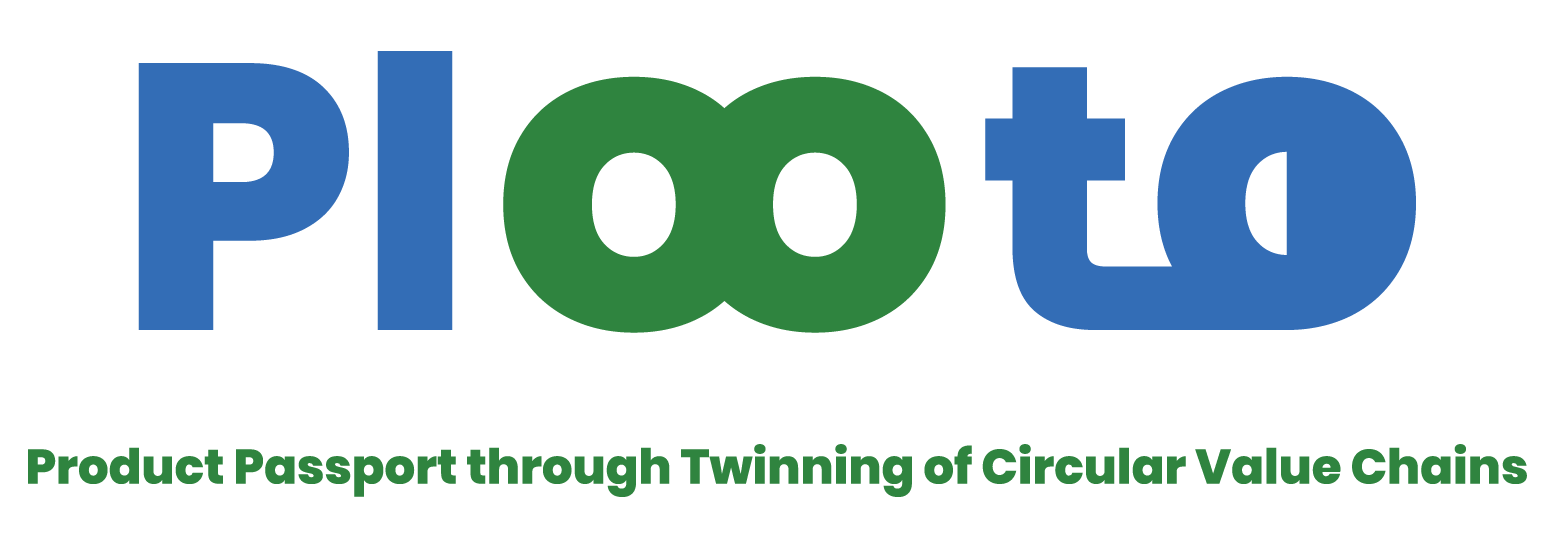From Scrap to Strategy: Reflections from Inside the PLOOTO Project
Three years into the PLOOTO journey, we at CELSA Group, through our scrap-processing division FERIMET, are helping to reshape how value is defined in the steel industry. What was once considered waste – shredded vehicles, dismantled electronics – now represents the starting point of a data-driven, circular steel value chain.
At the core of PLOOTO lies a powerful shift: from material recovery as a reactive task to a strategic decision guided by data. The project’s integration of Digital Product Passports (DPPs) and digital twins offers exactly the type of visibility and simulation capabilities that our industry needs to evolve.
Through DPPs, each component that enters the shredder, especially in complex streams like Waste Electrical and Electronic Equipment (WEEE), can now carry detailed metadata: alloy composition, magnet grade, geometry, dismantling pathways. This is no longer just about “recyclability,” but about actionable intelligence for making investment and recovery decisions.
Our focus in PLOOTO is the recovery of neodymium magnets (NdFeB) found in hard drives, motors, and other high-value WEEE. With demand for rare earths rising sharply, this is no longer a marginal issue. DPP data combined with AI-based forecasting tools (which assess future magnet demand, material availability, and product flows) give scrap recyclers like FERIMET the insight to determine when and where neodymium extraction becomes economically viable. It turns what once seemed speculative into a strategic opportunity.
This is where digital twins offer a step change. They allow us to simulate the entire scrap-to-steel pathway, including sorting processes, energy recovery steps, and material flow optimizations, before implementing anything on the ground. Adjusting parameters virtually, we can instantly visualize impacts on yield, cost, and emissions, turning scrap operations into predictive, adaptive systems.
But these technological tools are only part of the transformation. On the shop floor, the cultural shift is visible. Operators now interact with real-time dashboards tracing the composition and origin of each batch. Managers prepare data-backed reports on recycled content and recovery rates. Transparency is no longer a burden; it’s a competitive advantage.
And as we look beyond PLOOTO, we see how these innovations integrate with broader frameworks for sustainability. Life Cycle Assessment (LCA) remains crucial: not only to calculate environmental impact, but to align our decisions with evolving policy, procurement, and industry standards. LCA helps us translate the rich metadata from DPPs into CO₂ savings, energy intensity, and water use metrics—essential for building trust and accountability across the value chain.
At CELSA, we’re not just interested in closing material loops; we’re interested in opening new ones. Ones built on shared data, shared intelligence, and shared responsibility. The future of steel is circular, and thanks to projects like PLOOTO, it’s also traceable, efficient, and strategically smarter.

